Sơn Đoòng, crowned the biggest cave on the planet in 2009, continues to steal headlines. But that doesn’t mean it deserves all the attention. Phong Nha offers every caving experience imaginable. What do drooping dragon claws and bulging broccoli sprigs have in common? You’ll find formations resembling both in the Tú Làn cave system, one of Vietnam’s most diverse subterranean kingdoms.
The Tú Làn cave system is woven together by a network of streams that carve up the countryside. This took place over millions of years, resulting in a collection of caves that are all strikingly different from one another. This outstretched series of caves is the perfect playground for the Wild Tú Làn Explorer tour, a three-day excursion of a lifetime with Oxalis Adventure Tours. Drift from one outcrop to the next in underground rivers. Marvel at chambers and delve into caves. Stargaze from a campsite deep in the jungle. Here are the highlights.
Stalactites and stalagmites
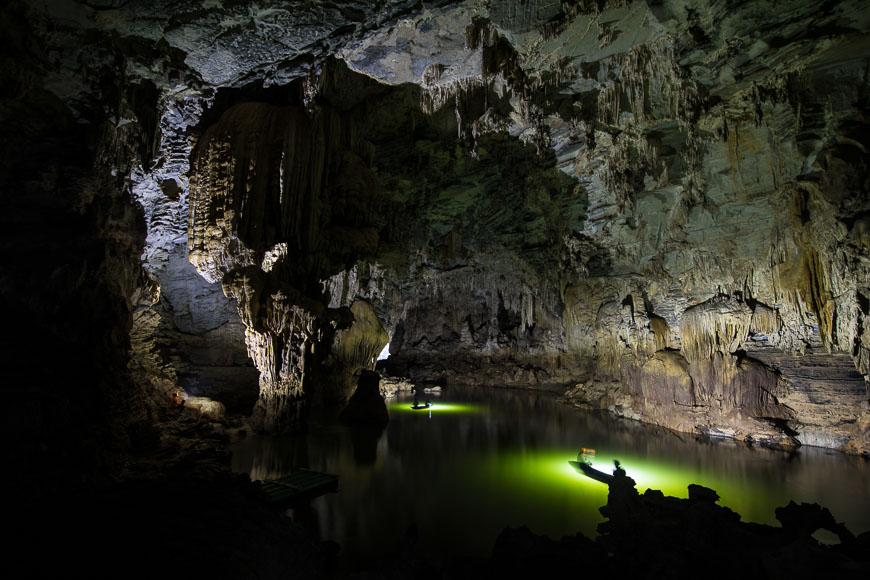
If you think you know what caves are supposed to look like, prepare to expand your perspective. Stalactites and stalagmites are an otherworldly highlight of the Tú Làn cave system. As one of the oldest caves in the Tú Làn system, Song Oxalis Cave has had tens of millions of years to cultivate the most bizarre formations. There are underground “fields” of miniature stalagmites that resemble seaweed frozen in time, patches of cauliflower, and coral reefs.
Ken Cave is another work of art. Here you’ll find stalactites manipulated by wind to hang like rippling drapes or the claws of mythological creatures. Others hide shielded from the elements and shoot down from the ceiling like long plastic straws.
Trekking and crawling through dry caves
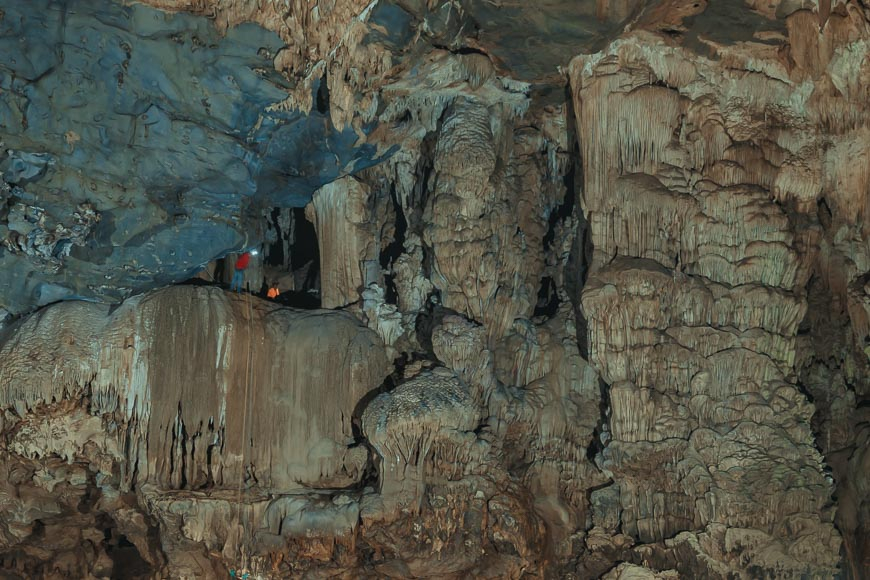
In the three-day Tú Làn tour you’ll have a chance to visit six unique caves -- two dry and four wet. Rat Cave is completely dry. It’s often the first cave on the tour and a good introduction to the system. Despite some ducking and crouching, passing through Rat Cave is relatively straightforward. Here you can focus less on where your hands and feet need to go, and more on taking in the expanse of the chambers.
Song Oxalis Cave, also dry, is suspended halfway up the mountain. Getting there involves a sweaty jungle climb, and once you’re up you need to crawl and slide from chamber to chamber before tiptoeing around the formations. In some corners of the cave you can momentarily turn off your headtorches, plunging you into complete darkness.
Swimming and wading through wet caves
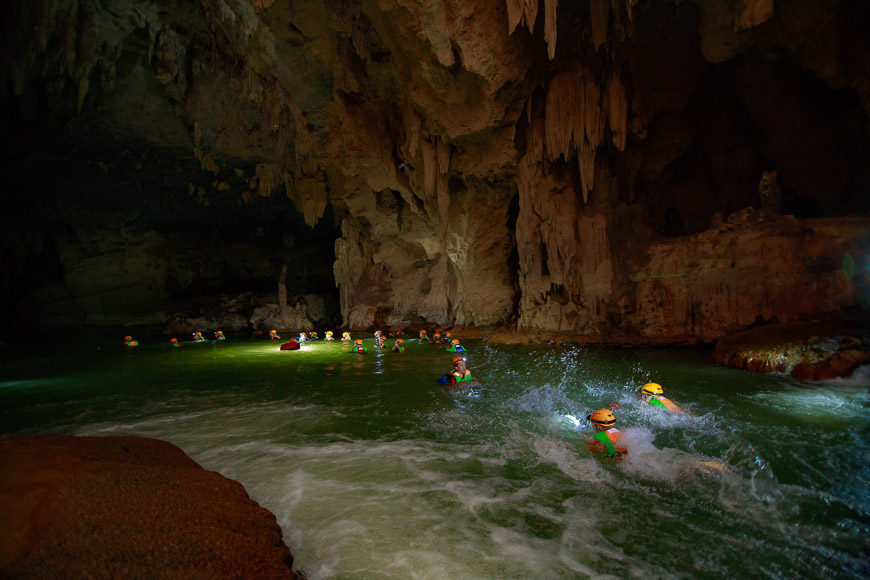
Exploring the four wet caves – Ken Cave, Ton Cave, Kim Cave, and Tú Làn Cave – is a much messier affair. Prepare to submerge yourself completely, a surreal feeling that you quickly get used to. You need to be able to swim, but lifejackets allow you to drift with minimal effort.
Ken Cave offers the most variety. Paddle the first hundred metres to reach a muddy shore that takes you up and out of the water. Dripping wet, you then climb, crawl, and squeeze through a narrow rocky tunnel. Eventually you’ll reach the end of the passage, where a gap in the cave ceiling that bathes the chamber in sunlight.
Ton Cave, which you swim from start to finish, is the most adventurous. In the beginning the water is shallow so you can glide along the surface pulling at underwater rocks. Later the water deepens and the walls close in, forming a narrow, smooth-walled canyon. The passage is tight but not claustrophobic.
Animals and creepy crawlies
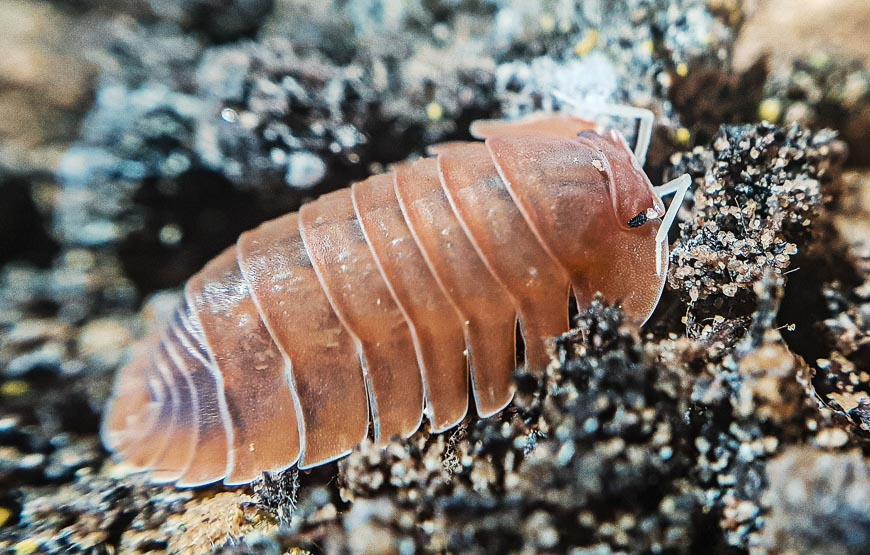
There isn’t a great deal of flora within the Tú Làn caves, but you’ll encounter plenty of fauna. Don’t be put off by Rat Cave – it’s named after the shape, not the inhabitants. You won’t find rats anywhere in the system but expect bats that dart and squeak above your head. You also come into contact with bizarre insects and translucent fish that have evolved to survive in the darkness.
In between caves you might encounter multicoloured spiders, fluffy centipedes, or oversized worms. You can only find these mesmerising tropical critters deep in the jungle. Just be sure to look, not touch.
Secluded campsites and jungle picnics
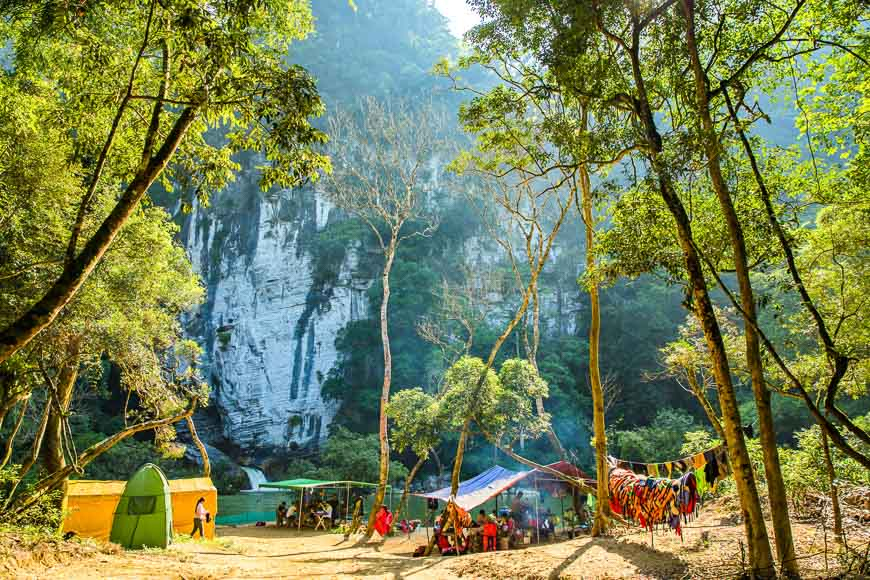
Little pockets of paradise deep inside the jungle, the tour’s campsites are set next to rock pools and river bends. There are no showering facilities, but who needs them when you can bathe in a freshwater swimming pool designed by nature?
These campsites also set the scene for magnificent feasts. Forget squashed sandwiches and boiled eggs. Dinner in the jungle consists of hearty Vietnamese dishes such as beef stir-fried with bamboo shoots and lemongrass grilled chicken. For breakfast, tuck into pancakes and French toast before tackling another day of exploring.
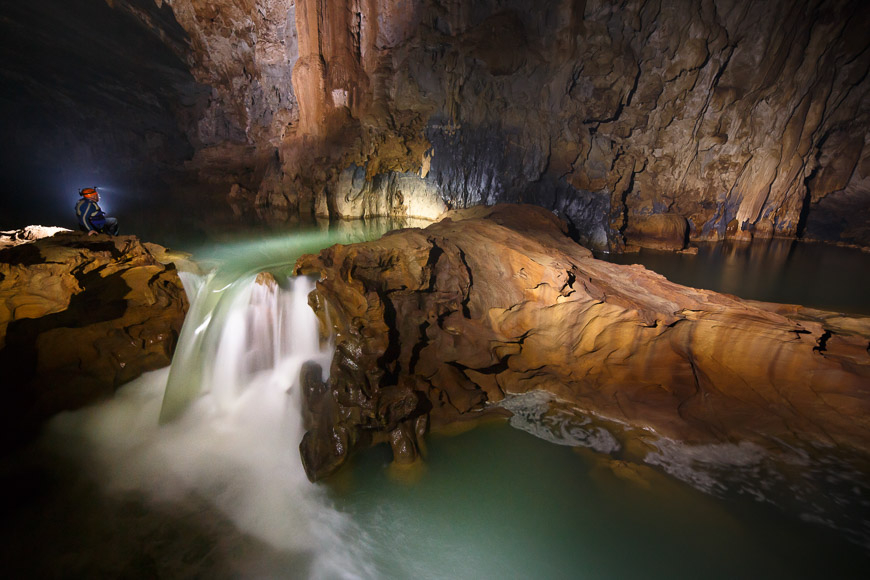
A three-day Wild Tú Làn Cave Explorer tour costs 8,000,000 VND per person, including transfers from Phong Nha village, two nights of camping, meals, snacks and all necessary equipment, such as head torches, helmets, lifejackets, and gloves. Visiting the Tú Làn cave system is also possible on one-day, two-day, and four-day tours.




